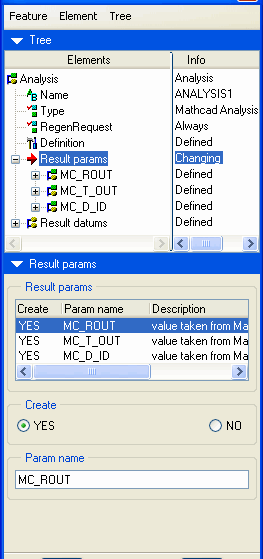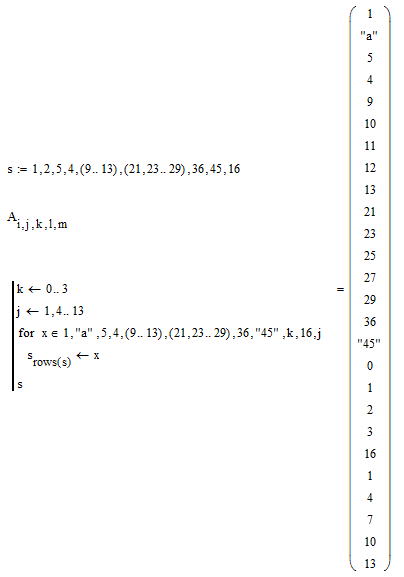


Understanding range may lead you to wonder how most students scored. You can calculate this one by simple subtraction. Recall that Range is the difference between the highest and lowest scores in a distribution, calculated by taking the lowest score from the highest. Now we know the average score, but maybe knowing the range would help. Excel will perform this function for you using the command =AVERAGE(Number:Number). Recall that Mean is arithmetic average of the scores, calculated by adding all the scores and dividing by the total number of scores. Now, we can take those same scores and get some more useful information. You can go a step further and put like numbers together. Now you’ve got an ordered list that much easier to interpret at first glance.Ĥ. As you can see, these scores are not in a user-friendly, interpretable format.Ģ.

Let’s walk through an example using test scores: After arranging data, we can determine frequencies, which are the basis of such descriptive measures as mean, median, mode, range, and standard deviation. You can learn more about scales of measure here). For example, we might put test scores in order, so that we can quickly see the lowest and highest scores in a group (this is called an ordinal variable, by the way. To aid in comprehension, we can reorganize scores into lists.


 0 kommentar(er)
0 kommentar(er)
